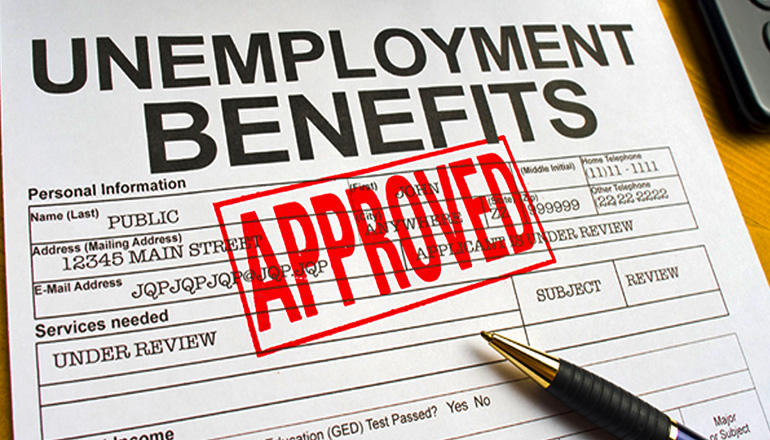Here’s a short guide to unemployment benefits, with a special section on new benefits because of the COVID-19 pandemic.
To be eligible for unemployment benefits, a worker must be “unemployed,” which means the worker has not performed any services for the week they are seeking benefits and has no wages due to them. An employee who receives severance pay is not considered unemployed for the period of time the severance pay covers.
Arizona law defines the circumstances where an employee is not eligible for unemployment benefits. Those situations include:
- Willful or negligent misconduct that includes:
- Absence from work without notice or good cause;
- Repeated intoxication;
- Insubordination;
- Dishonesty; or
- Violation of a safety rule.
You can apply here for unemployment benefits.
Recently, the CARES Act was enacted which temporarily extends current unemployment insurance (UI) protections by creating three federally-funded UI programs. Here’s a summary of the program:
- All current UI claimants will receive their usual calculated benefit plus an additional $600 per week in compensation through July 31, 2020. This includes those already receiving partial UI. This new benefit is part of the Pandemic Unemployment Compensation (PUC). For more information, please click here.
- Also, the CARES Act provides an additional 13 weeks of state UI benefits, which will become available after someone exhausts all their regular state UI benefits. To receive these benefits, employees must be actively engaged in searching for work, though states can be flexible if that person is unable to search for work due to Covid-19. The inability to search for work must be due to illness, quarantine, or movement restriction related to Covid-19. This is known as Pandemic Emergency Unemployment Compensation (PEUC). For more information, please click here.
- Finally, the CARES Act provides emergency unemployment assistance to employees (1) who are usually left out of regular state UI or (2) who have exhausted their state UI benefits.
- Those who are usually left out of the regular state UI benefits include those who are
- self-employed;
- independent contractors;
- freelancers;
- part-time workers; and
- employees who do not have long enough work history to qualify for state UI.
- Those who are usually left out of the regular state UI benefits include those who are
- Up to 39 weeks of this assistance is available to eligible workers under the Pandemic Unemployment Assistance (PUA) benefit. The program will expire on December 31, 2020. For more information, please click here.
To apply for PUA, an employee must self-certify that they are (1) partially or fully unemployed, or (2) unable and unavailable to work because of Covid-19. To see if you qualify for PUA, please click here.
For more information about COVID-19 related paid-leave, please click here.
Unemployment Benefits When Working Reduced Hours
Short-time-compensation, or work-sharing, programs allow an employee who, due to Covid-19, would be laid off, placed on furlough, or terminated. The work-share program allows an employee to remain employed for only a portion of the week and collect unemployment benefits on top of their regular pay.
A workshare plan looks at the hours of work and provides individuals a pro-rata share of weekly benefits based on the reduction in weekly hours of work. An employee’s hours can be reduced up to 60% and still qualify for the Shared Work Program as long as their employer continues to provide health and retirement benefits to the employees.
The information in this post is not intended to be legal advice for a specific situation.
